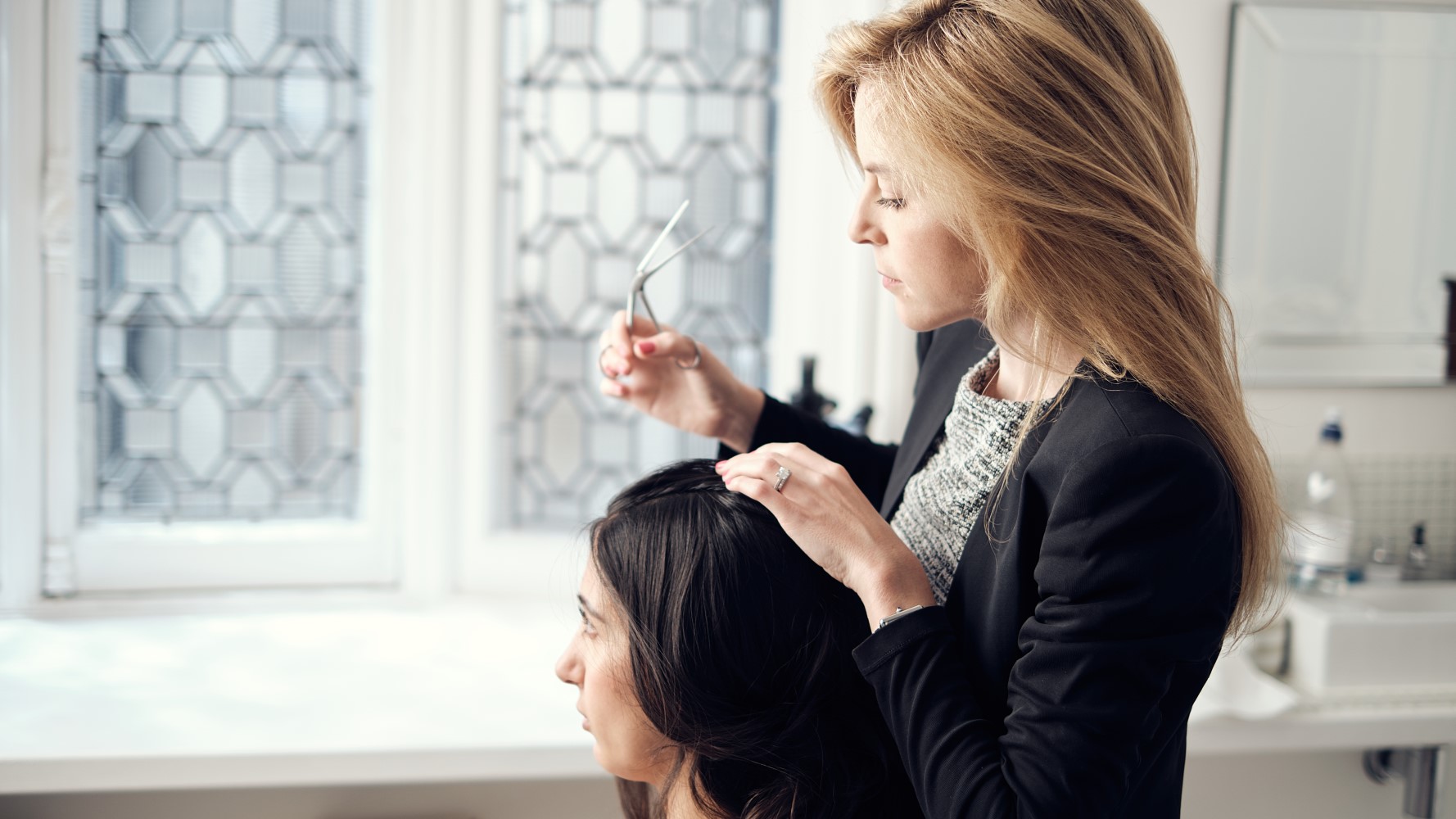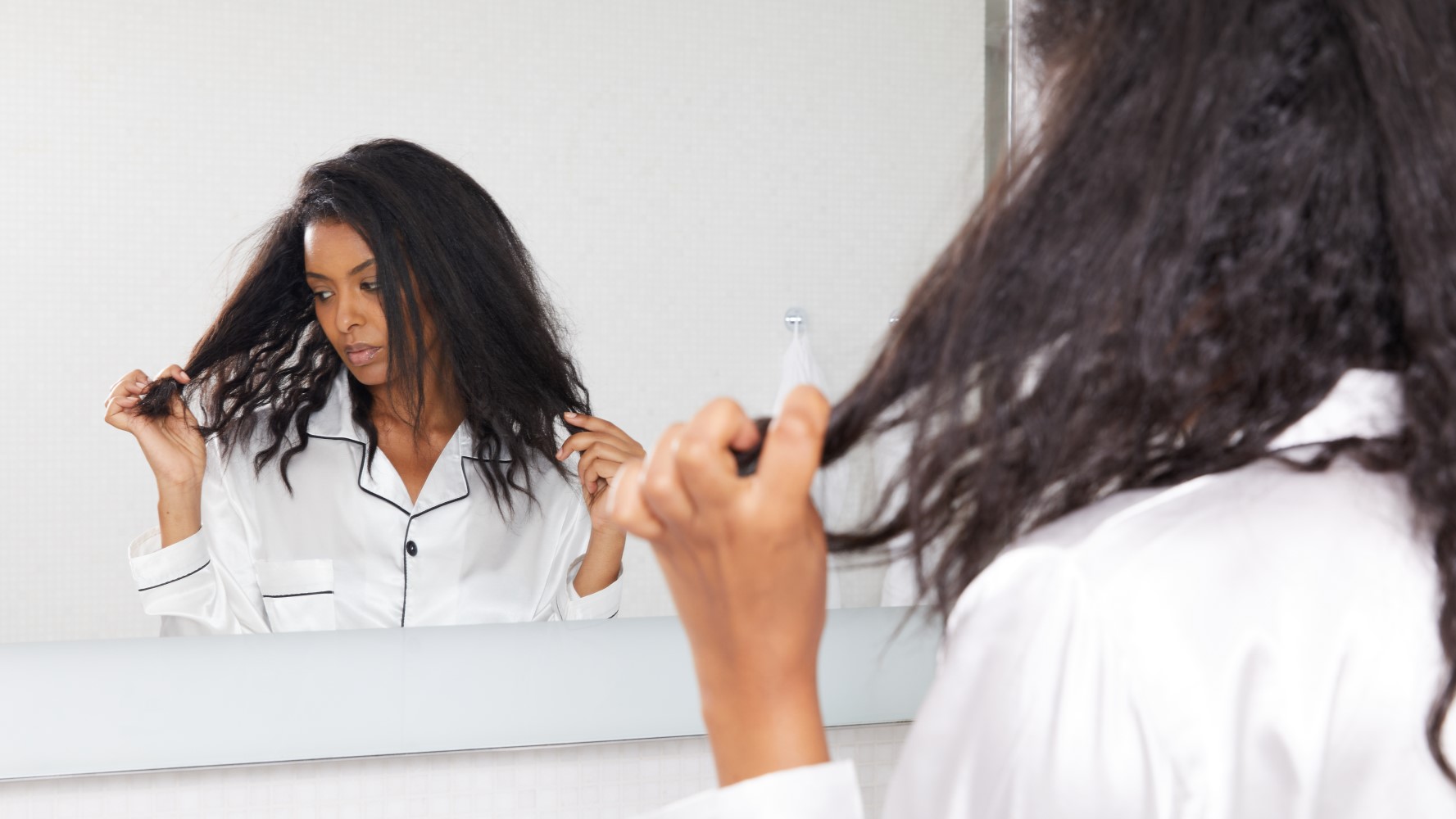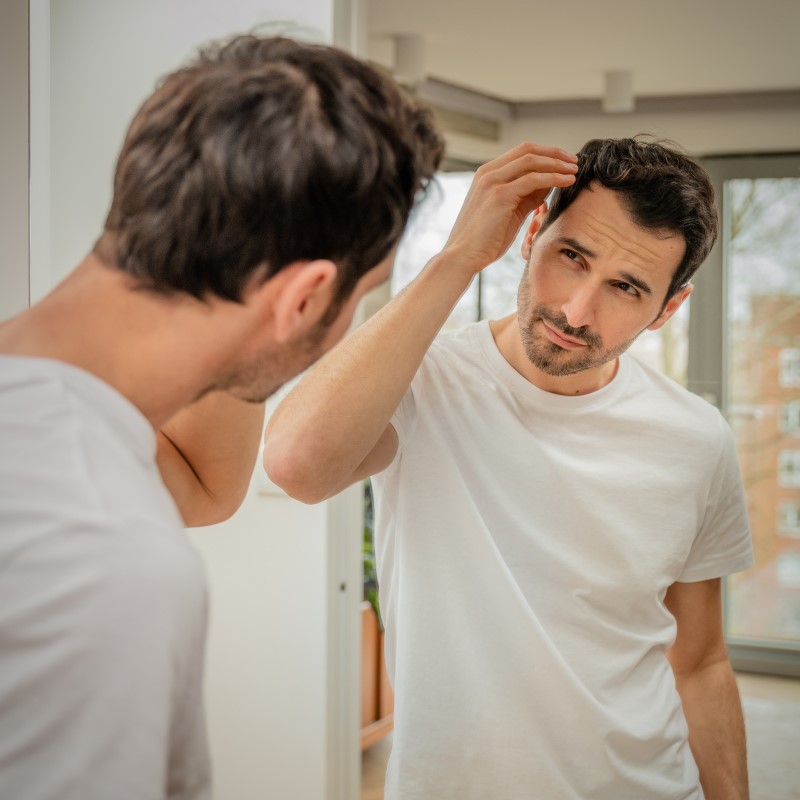Hair Loss: Causes & Treatments UK
UK'S LEADING HAIR LOSS EXPERTS
HAIR LOSS CAUSES & TREATMENTS
Whatever type of hair loss you're facing, our approach is personal to you and proven to get results. Our experts are here to help you feel confident about your hair again.
HOW WE CAN HELP WITH HAIR LOSS
HAIR LOSS IS PERSONAL. YOUR TREATMENT SHOULD BE TOO.
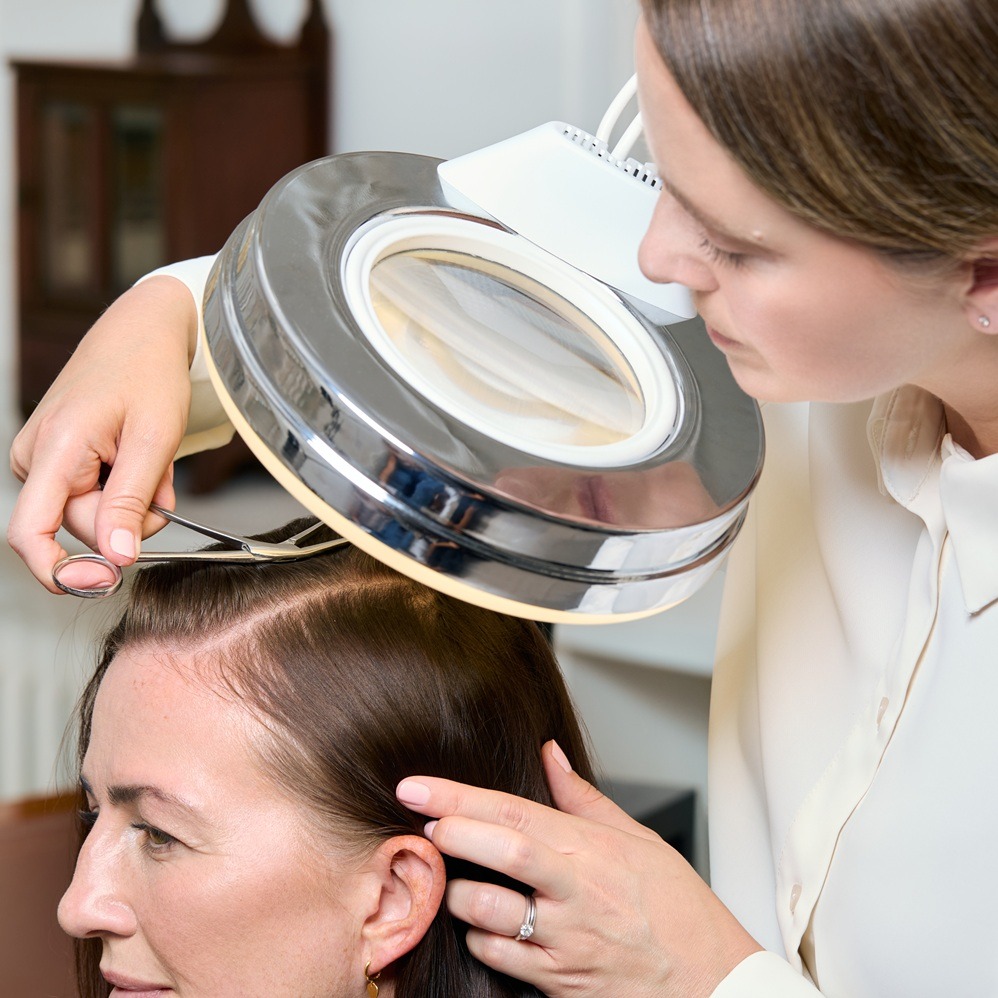
STOP FEMALE HAIR LOSS IN ITS TRACKS
Our trichologists understand the complexities of hair loss in women. Whatever signs or type of hair loss you’re facing, we can help. Whether you need an expert treatment plan or bespoke inclinic support, we’ll guide you to the right solution in just two minutes. Take our assessment and take control.
CUSTOMER SUCCESS STORIES
As the UK’s leading hair loss experts since 1968, our tailored, results-led care has helped over 60,000 Clients to date. We’re in this together.
FIND THE BEST SOLUTION FOR YOU
If you're experiencing symptoms of male pattern hair loss, we can help. You might be seeing a receding hair line or reduced density at your crown.
If you're in the early stages of male pattern hair loss, you can take our online assessment (which only takes 2 minutes) and get a bespoke treatment plan you can start this week to start helping improve your hair density.
If you're experiencing scalp symptoms or patchy hair loss, we'd recommend you come into the Clinic or book a Virtual Consultation so we can better assess your circumstances and get you on the best treatment plan suitable for you.
To help guide you to the best solution for you, here's a table to help identify your circumstances.
| Try our Density Drops & Density Collection | Take our Online Assessment or Book a Consultation |
What you might notice | A sudden increase in daily hair fall | Gradual reduction in hair density over time. |
How it looks | You may see more hair in your brush, shower, or on your pillow. Hairs shed from all over the head. The hairs you're seeing have white bulbs at the root (a normal sign of shedding). | Your parting looks wider, or your scalp is more visible, especially at the crown and temples. Your hair feels less full or voluminous. |
What it feels like | Hairs fall out easily but overall hair thickness feels the same. | Hair feels finer or flatter, with more visible scalp. |
Common triggers | Stress, illness, post-pregnancy, weight loss, certain medications. | Often genetic or hormone-related; can be gradual and ongoing. |
How your hair texture feels | Same texture, just less of them on your head. | Your hair strands feel thinning than they used to. |
At-home "tests" | Try a hair pull test: Gently tug on about 50 hairs. If more than 5–6 come away, it could indicate shedding. | Take photos: Snap pictures of your hairline, crown and parting each month to track changes. |
RESIDENT EXPERTS
Spearheaded by leading Trichologist and Brand President Anabel Kingsley, our team of world-renowned Trichologists have over 170 years combined experience caring for the hair and scalp, making them your first port of call.






YOUR HAIR LOSS QUESTIONS, ANSWERED
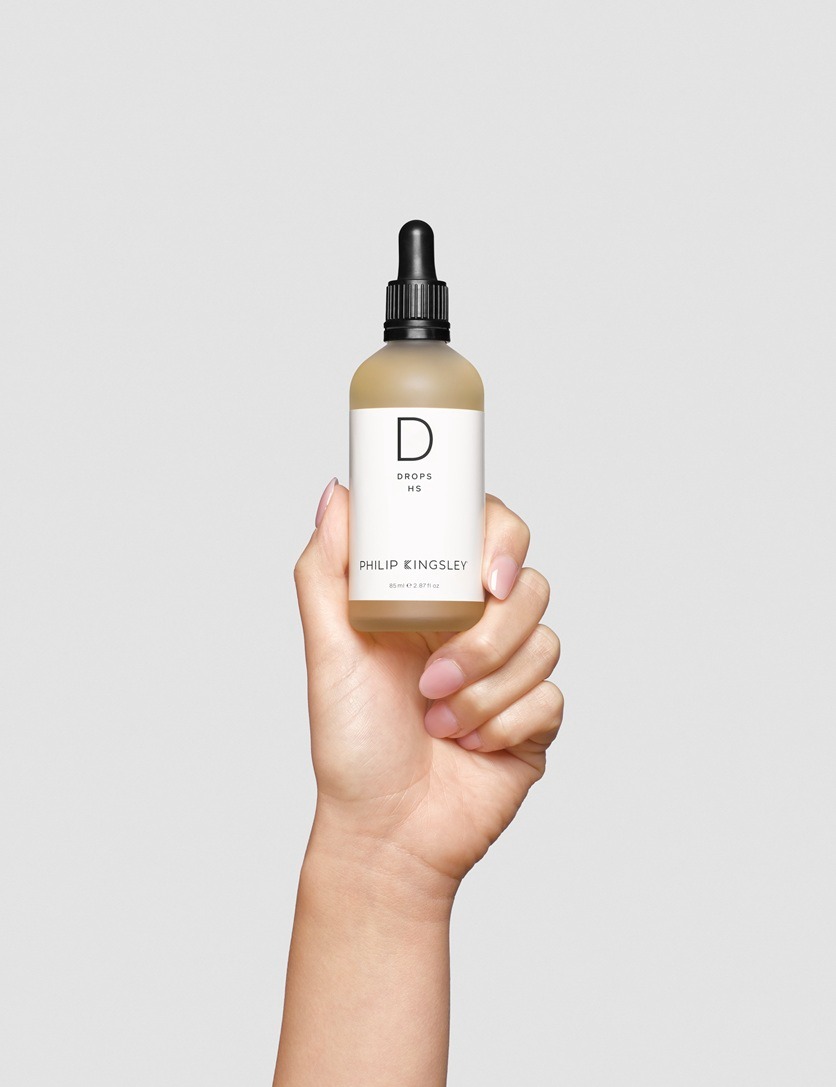
TREATING HAIR LOSS WITH MINOXIDIL
A topical scalp drop solution widely used to treat male and female pattern hair loss.
WHAT IS IT?
Minoxidil is a hair loss treatment widely used to treat male and female pattern hair loss. It begins working immediately but takes at least several months to produce noticeable results due to the timing of the hair growth cycle. It was originally an oral medication used to treat hypertension (high blood pressure) but was also found to encourage hair growth on the face, body and scalp. This led to its topical use in treating hair loss. It is applied topically to the scalp on a daily basis.
HOW DOES IT WORK?
Minoxidil works as a vasodilator, meaning it dilates (widens) blood capillaries at the site of application. This yields an ideal growth environment for existing hair follicles. Whilst its exact mode of action is still not fully understood, it works by decreasing the amount of time hair follicles spend in their resting (telogen) phase, as well as prolonging time spent actively growing (the anagen phase), leading to an increase in hair length. It can also help promote growth from dormant (kenogen) follicles. Minoxidil does not combat the effects of DHT on hair follicles, therefore it is most effective when used in combination with a topical antiandrogen.
EXPECTED RESULTS
Initial regrowth is typically seen after 3-6 months of use. It is important to note that
minoxidil is only effective whilst being continually used — meaning treatment must remain ongoing (and consistent) to maintain any results seen. Some people might notice some increased shedding in the first month of using minoxidil, due to resting (telogen) follicles being induced to shed their hair early and return to an active growth phase. However please be assured that these hairs will be replaced.
Hair Loss Types & Triggers

THE MANY CAUSES OF HAIR LOSS
Here our Trichologists cover the common hair loss triggers in men and women — from stress and diet to hormonal changes and genetics.
MPHL is caused by sensitivity in hair follicles to the androgen (male hormone) Dihydrotestosterone (DHT).
This is due to your oestrogen (the hair-friendly hormone) reverting back to pre-pregnancy levels.
Traction alopecia is caused by constant pulling on hairs from their follicles over time.
Most stress-induced hair loss will present itself anywhere between 6-12 weeks following a stressful event.
For breakfast and lunch, aim for a portion of both protein and complex carbohydrates.
Pattern Hair Loss is genetic and can be experienced by both men and women.



